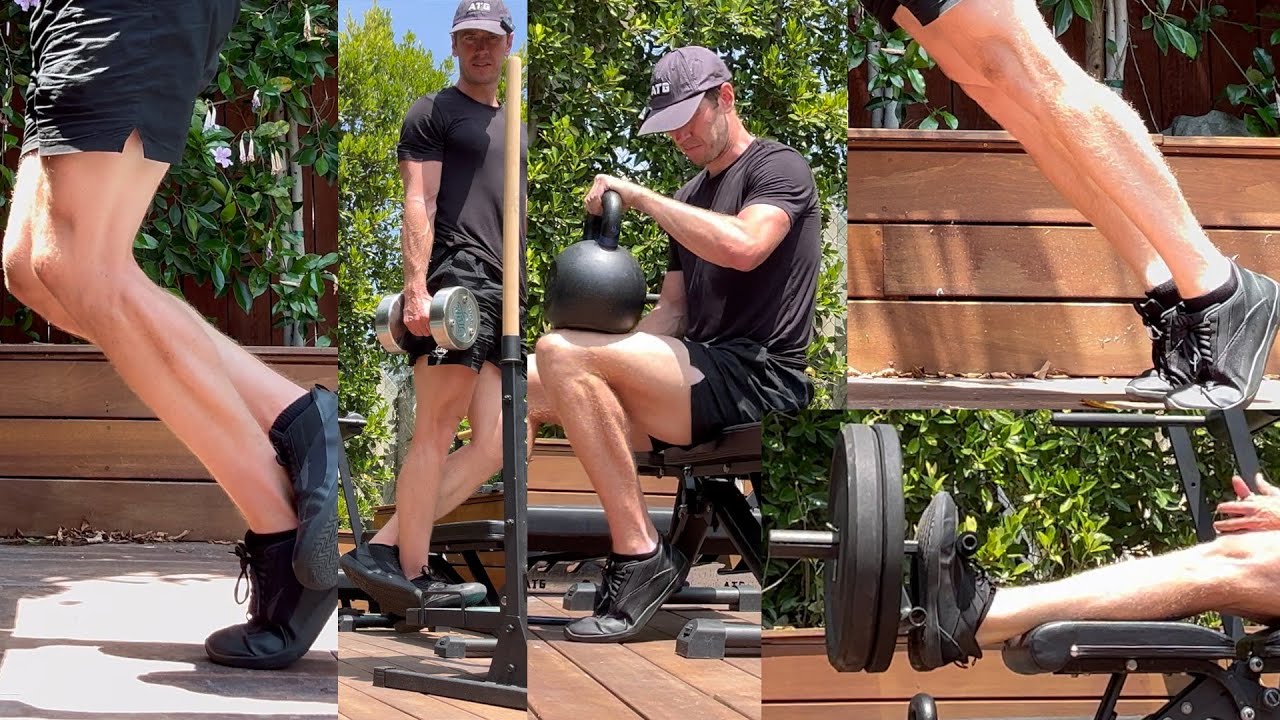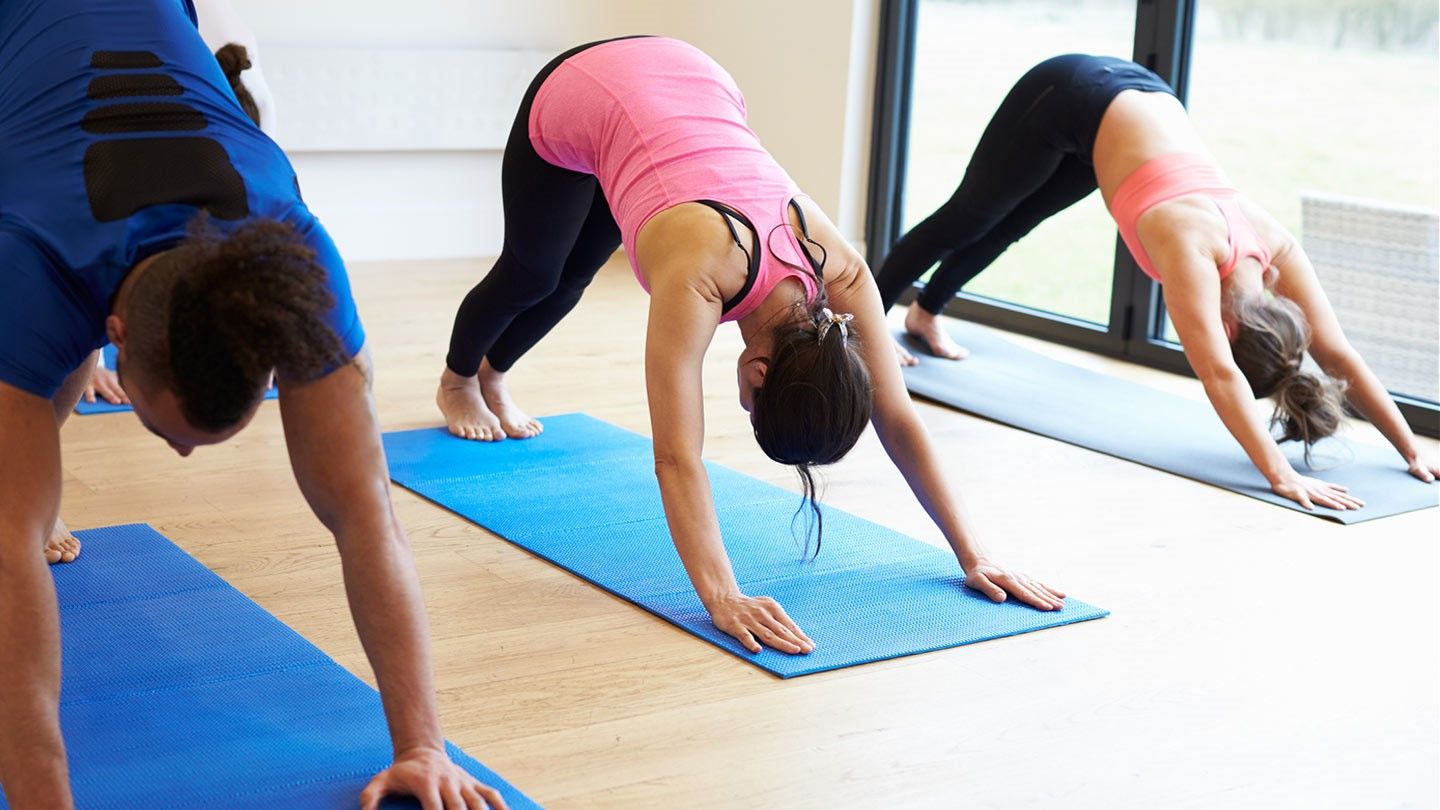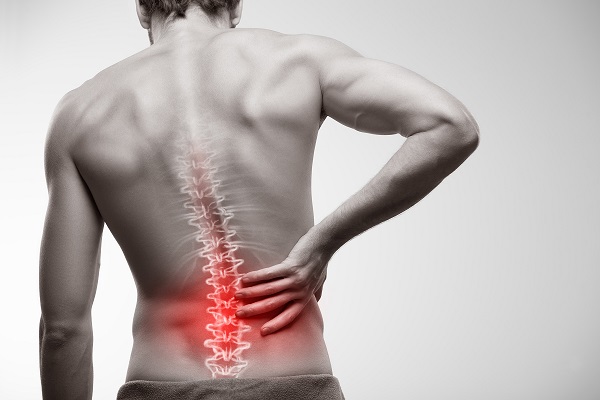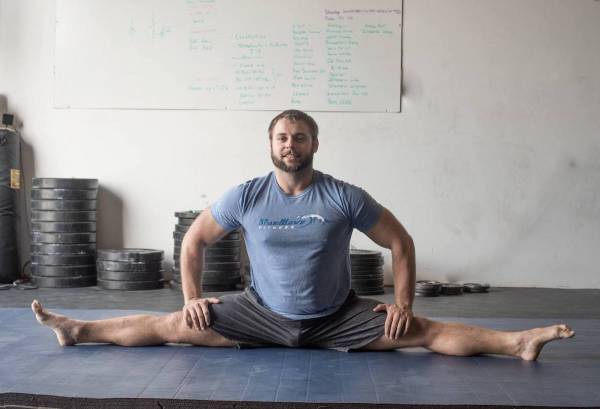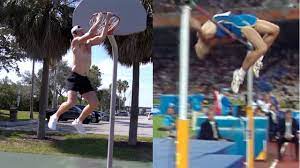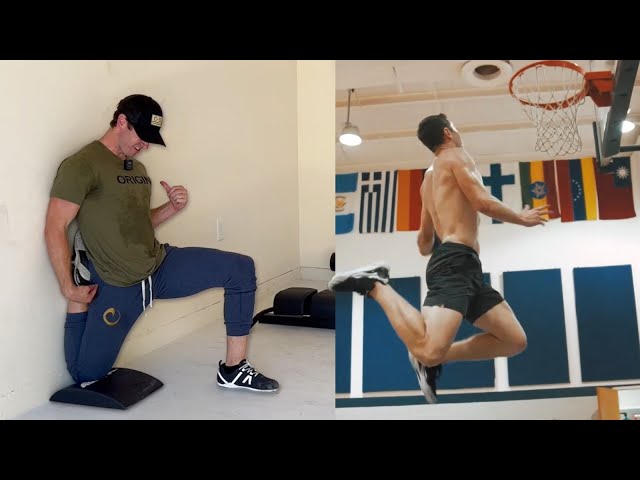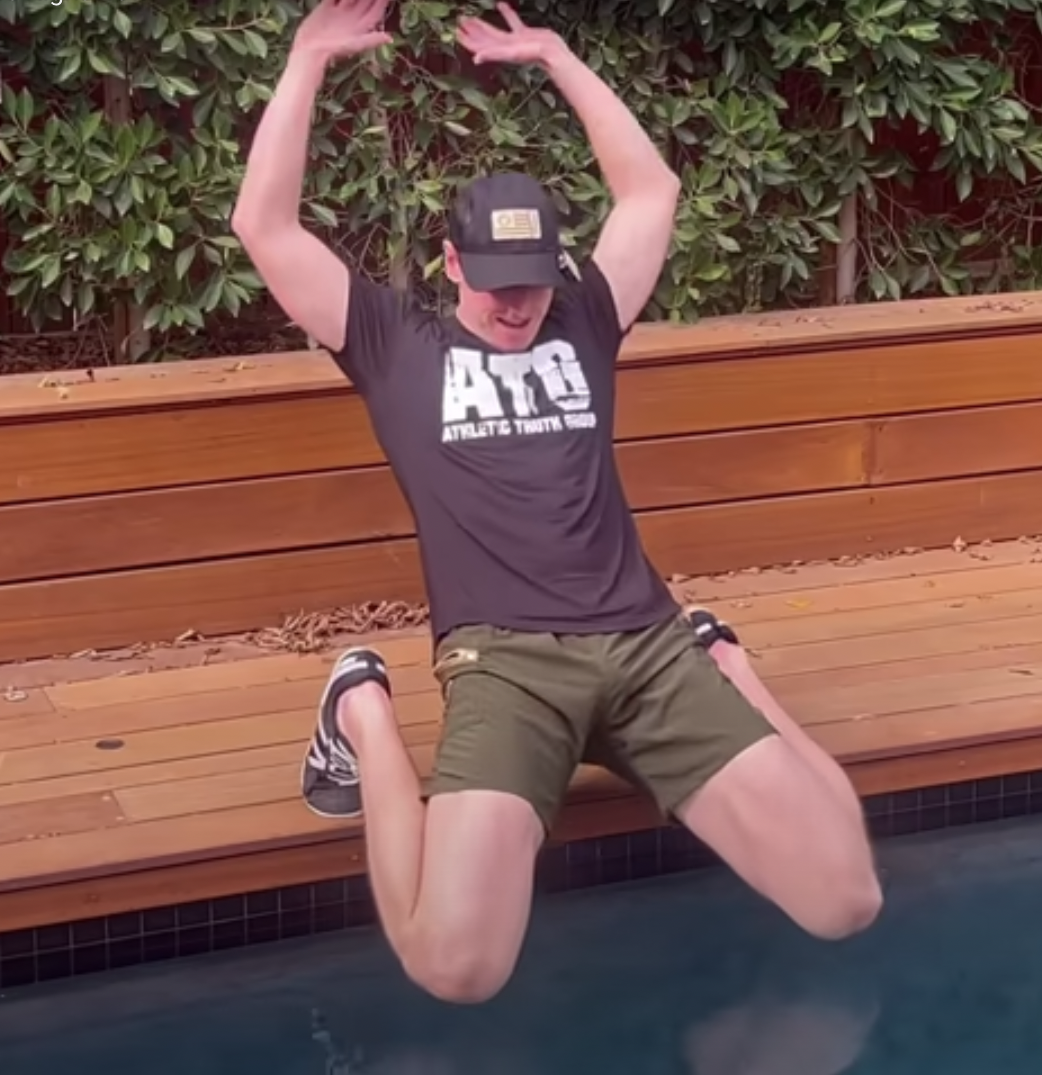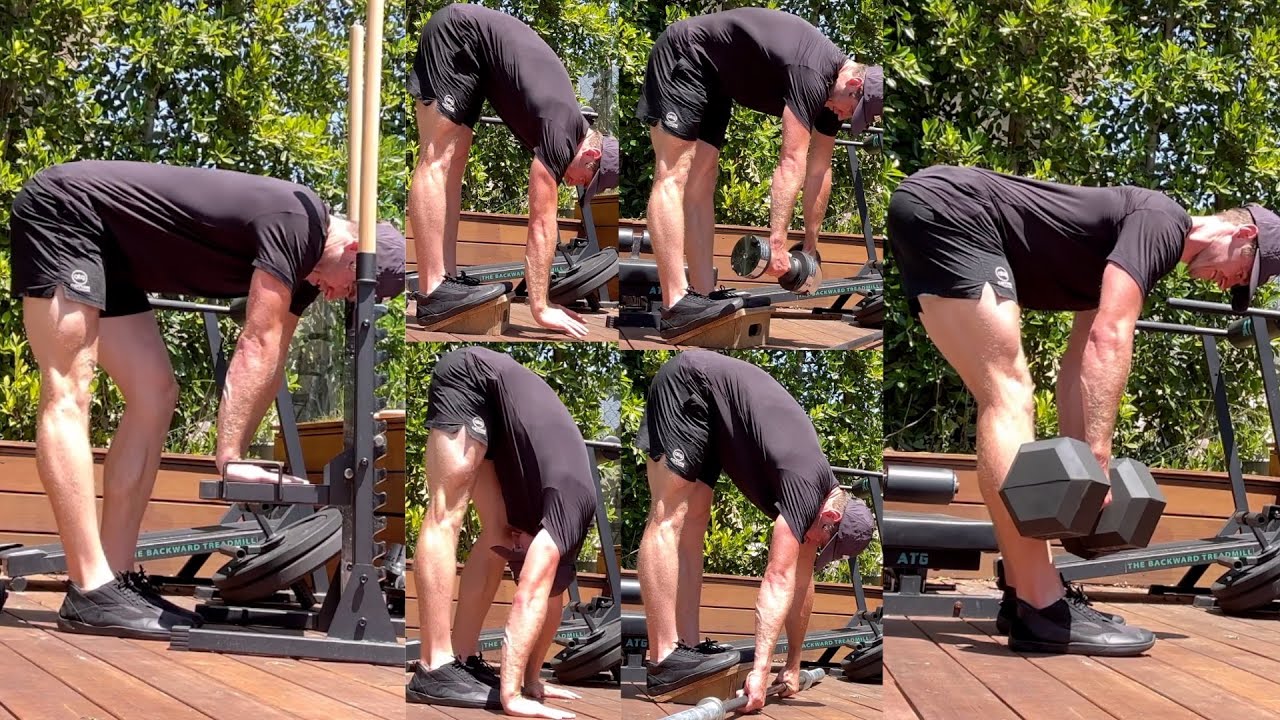
Assisted Hamstring Flexibility
Let us start by discussing an aided hamstring stretch. This is accomplished by bending both knees, then flexing your quadriceps to straighten one leg. Then you take another bend in both knees and do the same on the opposite side. It is crucial to understand that this exercise is harder with lower hands and easier with upper hands.
You may put a little bit more strain through your hamstrings when you work on one side at a time. In this manner, you can stretch in comfort and with assistance. You can use a slant board as you advance. This provides an even more effective stretch at the backs of the knees and upper calves. Additionally, it makes it easier for you to support your own body weight.
Handling Your Body Weight
Many report that this workout feels excellent when they use their own body weight. However, the ATG (Athletic Truth Group) method also emphasises maintaining a straight lower back and unlocked knees. This increases lower back strength and raises the hamstring stretch.
A reasonable place to start is with roughly 25% of your body weight, according to the video. Try using 45 pounds, for instance, if your weight is 180 pounds. Your quads should remain contracted and your back should feel wonderful as you perform this. Although you can safely go above 20% of your body weight, most people find that starting at 25% works well.
Using Dumbbells and Barbells
You might start with lighter dumbbells to advance further. It is a wonderful idea to move to a barbell once you hit about 45 pounds. Instead of raising the slant, you might go broader while using a barbell. Because of this, the exercise is easier to complete and more effective.
Tips for Better Hamstring Flexibility
Additionally, the video offers two crucial pointers for an improved hamstring stretch. First, maintain a straight, up-and-down leg. The lower hamstring stretches more as a result. Secondly, extend your hips backwards. This causes the hamstrings to stretch farther.
Recall that finding a level that feels nice is the most important piece of advice. Do not go past that into uneasy territory. It is best to accept the level that feels right in the long run. You can increase your body’s resilience gradually. Take the long view and relish the journey. In this manner, you can gradually increase your strength, resilience, agility, and flexibility.
Enjoy the Process
The significance of enjoying the process is emphasised throughout the video. Do not rush it; it may take a few days, weeks, months, or even years. Rather, relish every moment along the route. Strength and flexibility will both significantly increase as a result of this.
Coaching and Support
There are fantastic choices accessible if you would like additional guidance. The video developer has been providing online coaching for more than six years. They do not require a long-term commitment and give instruction for $49.50 each month. This covers form coaching, 24-hour question response, and assisting you in mastering the workouts. Additionally, there are ATG coaches in your area. They can assist you in mastering the motions, regardless of whether you want a few sessions or a full-time trainer.
I appreciate you reading, and I hope these pointers will help you get stronger overall and with your hamstrings!

